Pink Floyd's iconic film "The Wall" and little known details about it
Содержание
"The Wall." groups Pink Floyd considered by many to be one of the best albums ever released! A film was also made based on the album, described by critics as a surreal incubus, drawing inspiration from both the record itself and the band's concert experience... But few people know that the details behind the scenes of The Wall were quite bizarre and in places crazy... Based on the classic album Pink Floyd 1979 of the year, which followed such hits as. "Dark Side of the Moon" and "Animals.", this film was inspired by the band's elaborate live performances and crazy visions Roger Watersthe lead singer and bassist of Floyd. By the way, the film was made Alan Parker and includes animated episodes created by Gerald Scarfe. But that's not the most interesting thing to say about the iconic "Wall" ....
According to Alan Parker, he "should never have taken on The Wall"
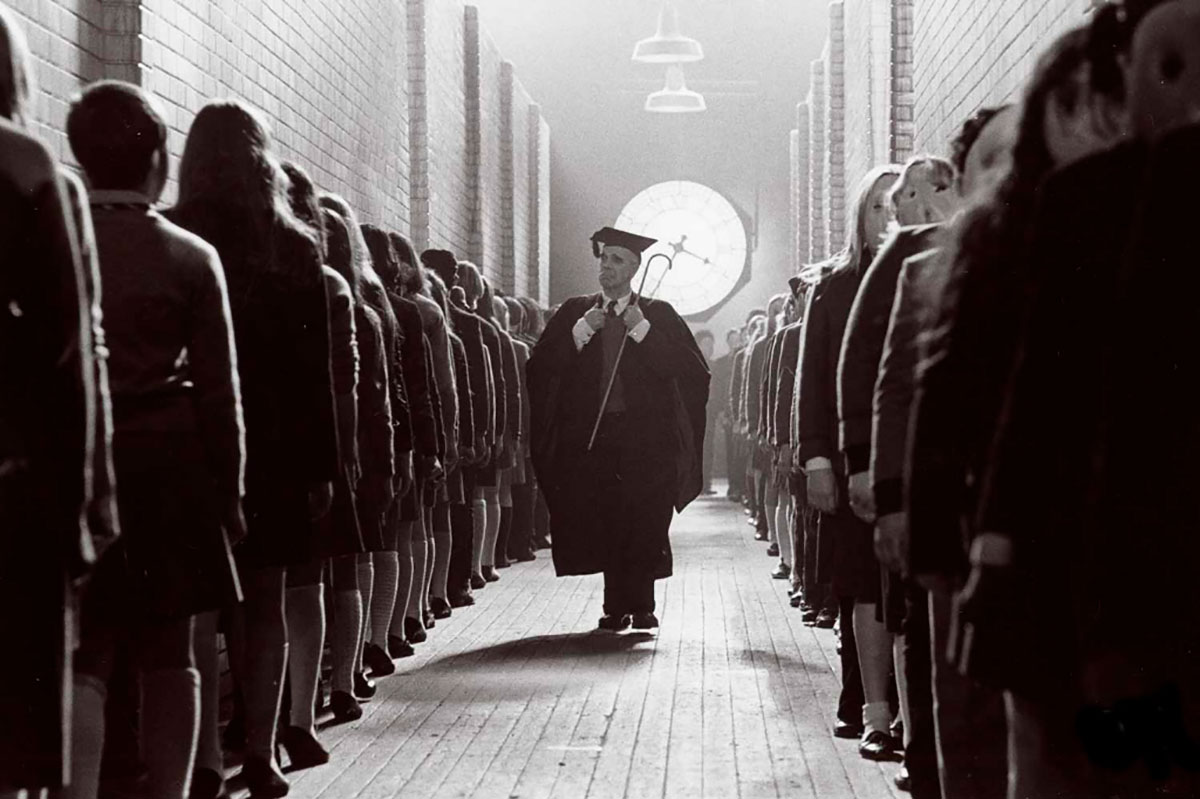
By the time he was invited to join the team, British director Alan Parker already had an impressive reputation in Hollywood! In fact, the guitarist of Pink Floyd David Gilmore once called his film "Midnight Express." "Dark Side of the Moon," which Parker found "very flattering..."
Parker, however, was reluctant to take the reins on "The Wall." and later stated that he "should never have taken on that film..." And while he later said he was proud of the result, he also added:
"Looking back on the process - making the film was too tedious for me to have any fun..."
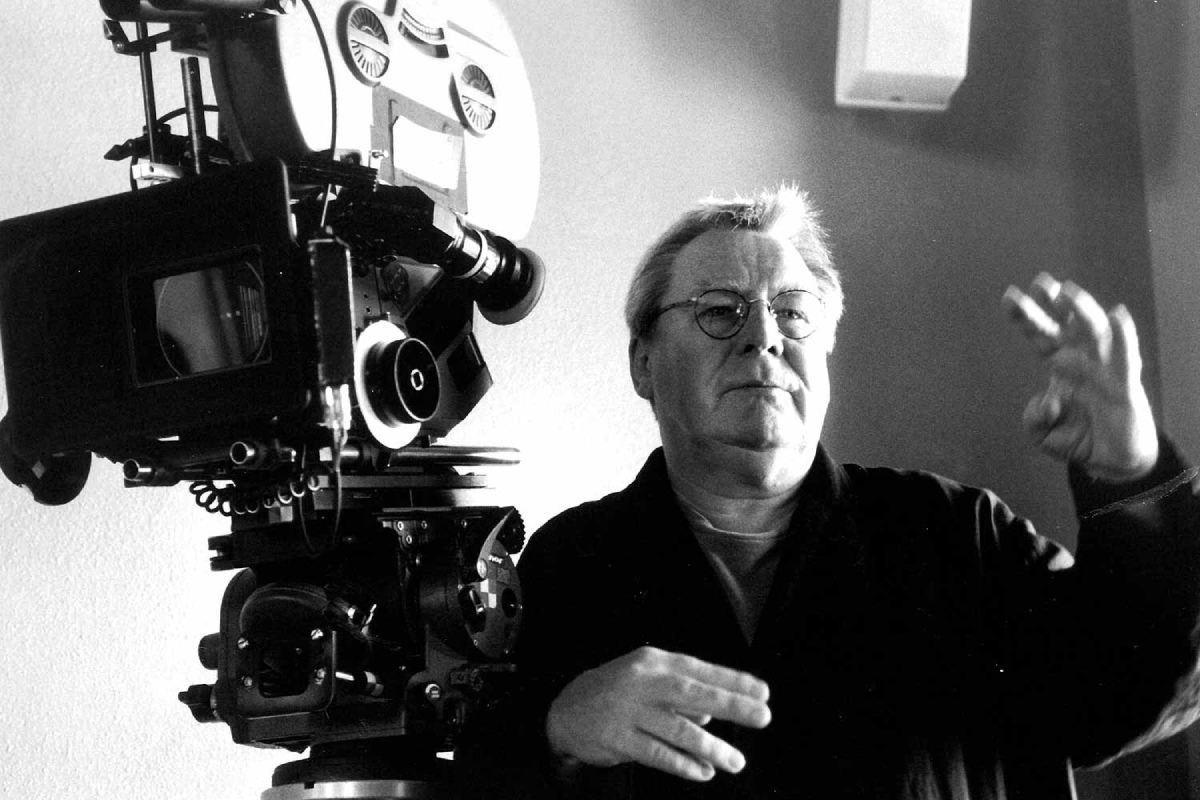
The creative clashes between him, Roger Waters and an animator Gerald Scarfe were a major source of Parker's "displeasure." He summarised their alliance as follows:
"Three megalomaniacs creating in the same room... It's amazing that we've achieved anything!"
But the most surprising thing, perhaps, is that originally. "The Wall." was intended to be a completely different film! Before Parker agreed to helm the project, he was attached to it as a producer, while directing duties were given to the cameraman Michael Seresin and the already mentioned Gerald Scarfe. The film was supposed to include concert footage of the band performing The Wall, but attempts to film five separate shows in the Earl's Court in London did not produce the desired results....
"Neither Michael nor Gerald realised exactly what they were supposed to do," Parker later remarked.
In the end, Serezin left the project, after which the concept of the film was revised. As a result, the concert recordings were abandoned, and Bob Geldof - vocalist The Boomtown Rats - replaced Roger Waters as Pink. They even re-recorded the original songs, turning the "The Wall." into an abstract conceptual piece.....
Why was the role of Pink given to Geldof?
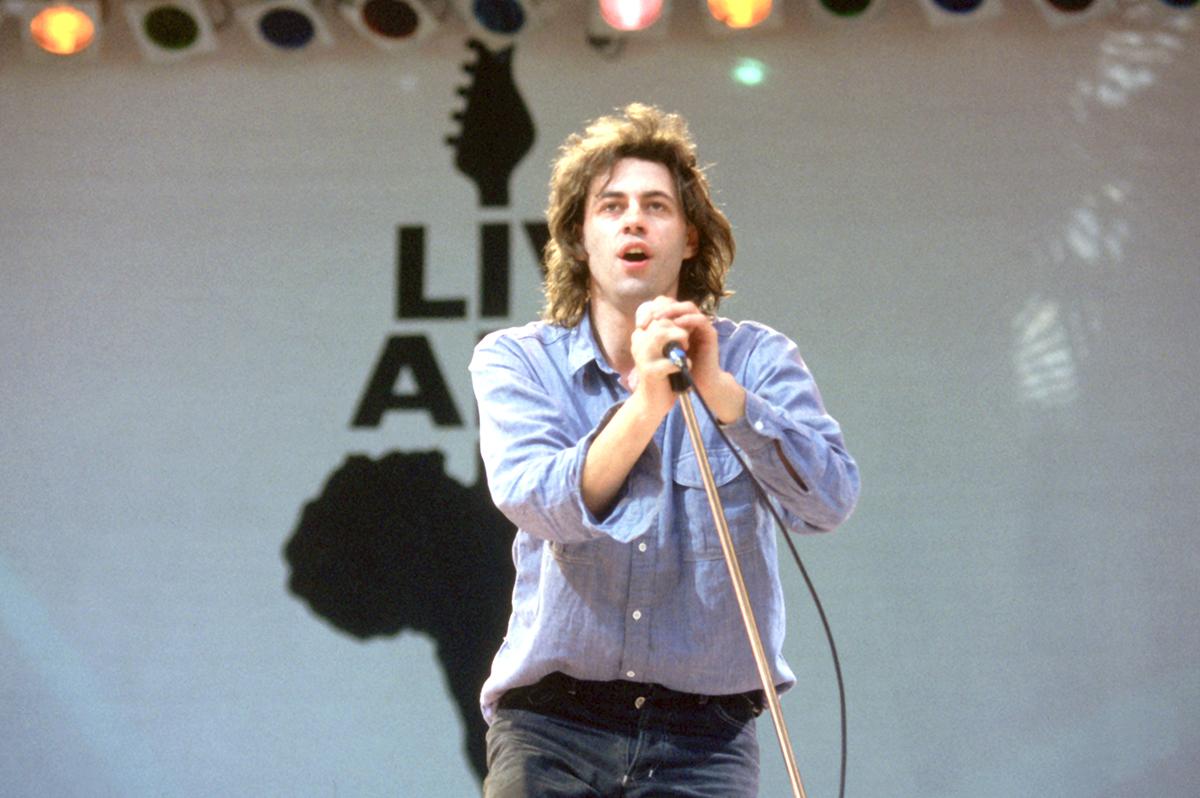
Initially, the role of Pink - the main character who shields himself from society since childhood, from the influence of the people around him, their mores and prejudices - was to be played by himself Roger WatersHowever... after a film test, he was deemed unsuitable for the lead role. As a music journalist remarked Nick Kent:
"He (Waters) is incapable of projecting anything other than a banal tantrum on stage, beating himself with his fists to his chest..."
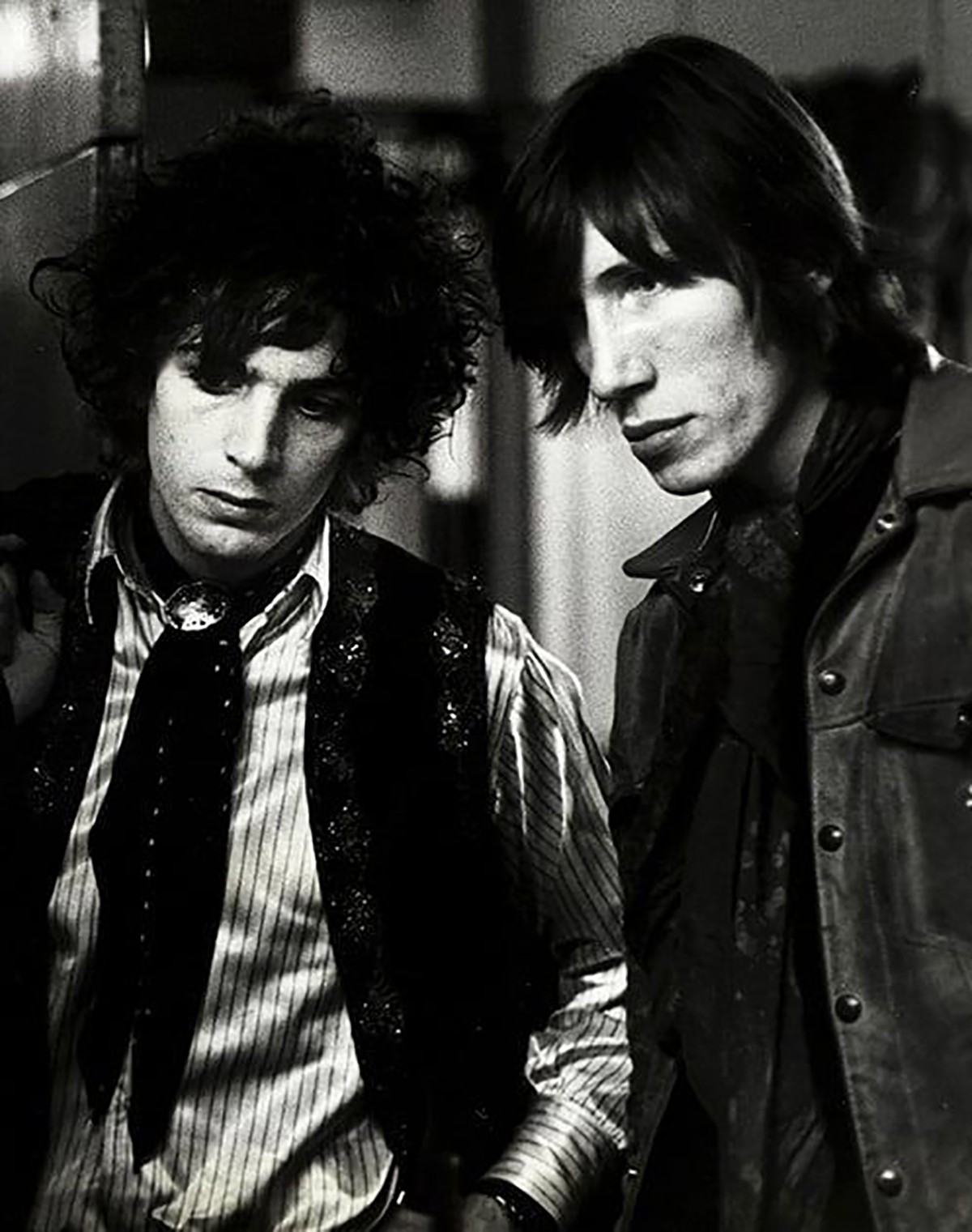
Then the role Kick was invited Bob Geldof. According to Parker, he had a harder time convincing the Waters to let Geldof re-record his songs than to get him to give him the lead! Actually... on set. Parker and Waters often clashed over creative differences. Parker characterised Waters' approach as "autocratic control over the whole process". Also, according to Alan Parker Waters was "the only person in the whole world who really knew what the film was about," but... he was wrong. As it turns out, Waters himself doesn't quite understand the concept of his creation to this day:
"Gradually the film gets so weird... I don't know what to call it," Waters admitted in an interview.
Bob Geldof decides to "add fuel to the fire."
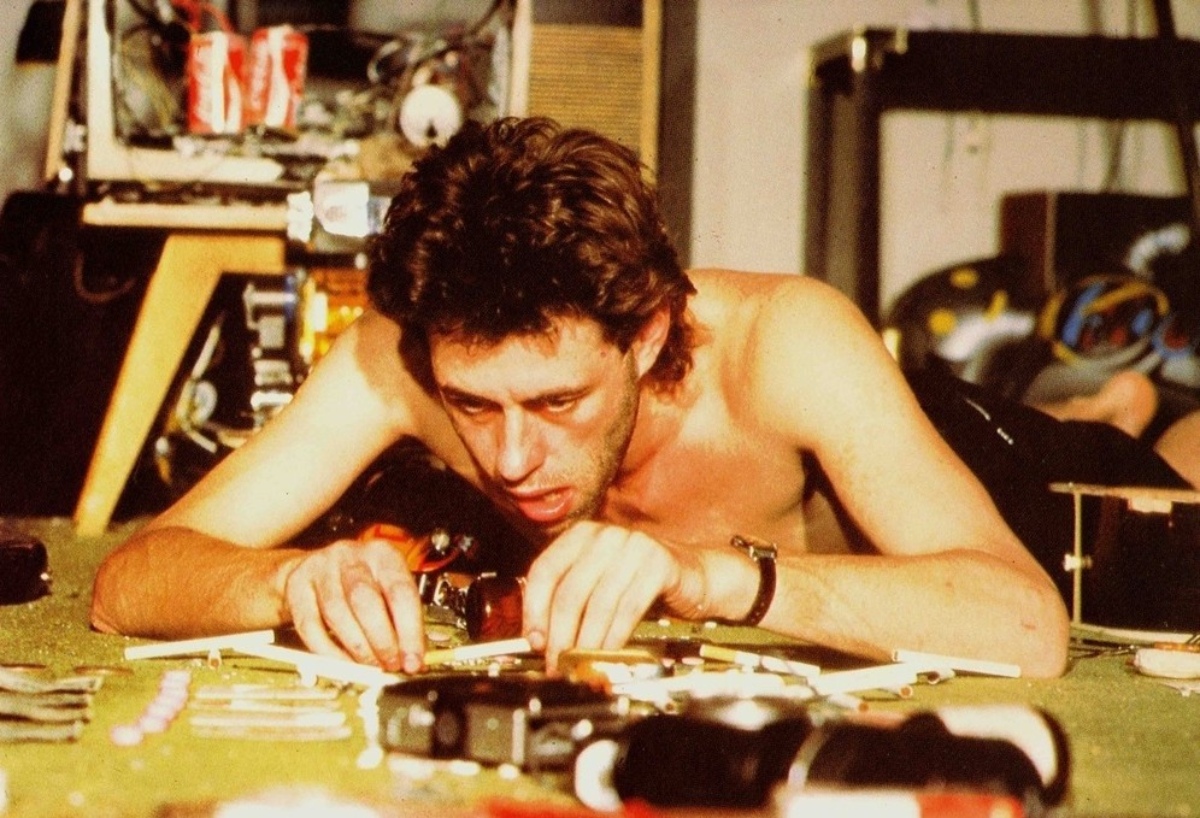
Remarkably, at first. Bob Geldof dropped out of the project, saying he didn't like the music Pink Floyd! In the end Parker managed to persuade him: the director was simply amazed by the film test, in which Geldof performed a scene from the "Midnight Express.".
However, the difficulties encountered at the beginning did not bode well for the future... Already during filming "The Wall" Geldof faced unusual obstacles: as it turned out, he could not swim and was afraid of blood. During the scene. "Thin Ice" by Pink swimming and thrashing around in the hotel pool. As Geldof could not swim, he was placed on a transparent plastic body mould, similar to those used for the flight scenes in the Superman 1978 of the year!
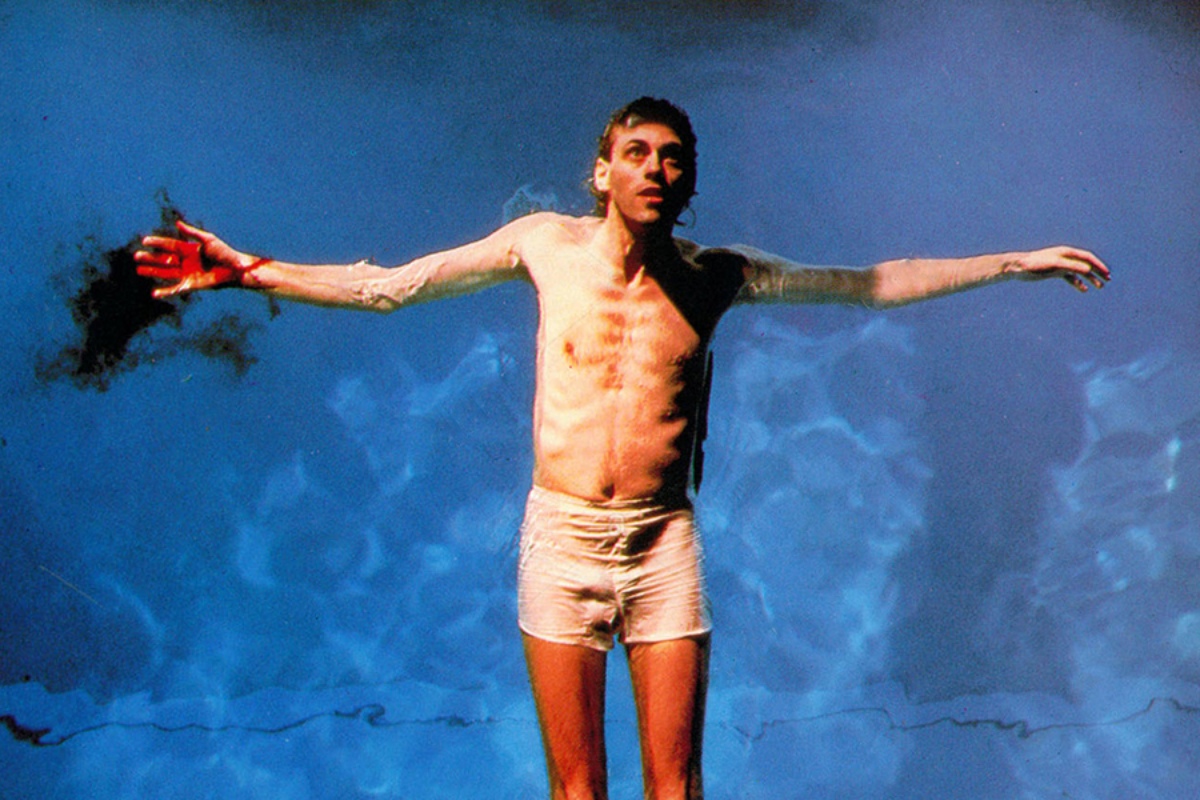
Geldof also had to face his fear of blood while filming a scene in which Pink shaves off all her body hair - he had a $1 million insurance policy in case his eyebrows didn't grow back.
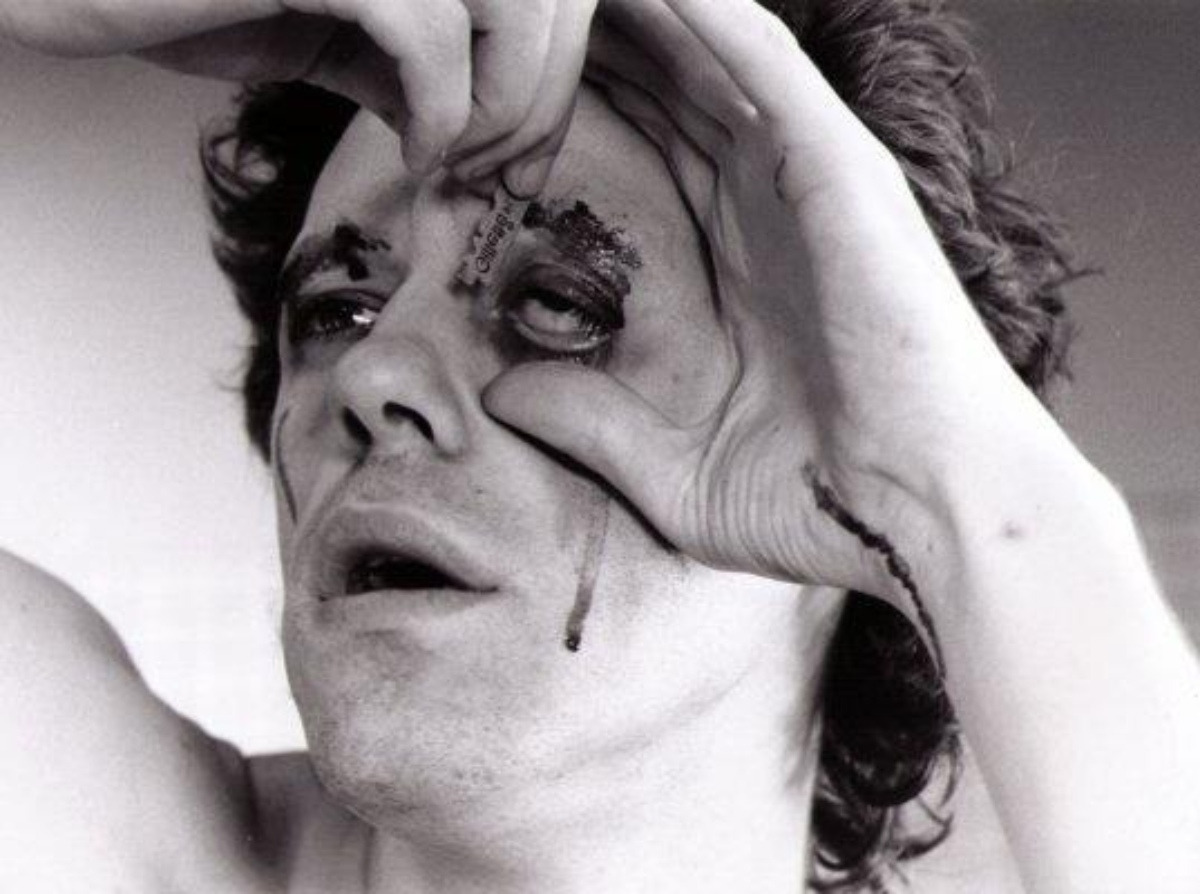
Worse, Geldof accidentally cut himself throwing a TV out of a window, and post-production kept that scene in the film.
There were some real skinheads on set.
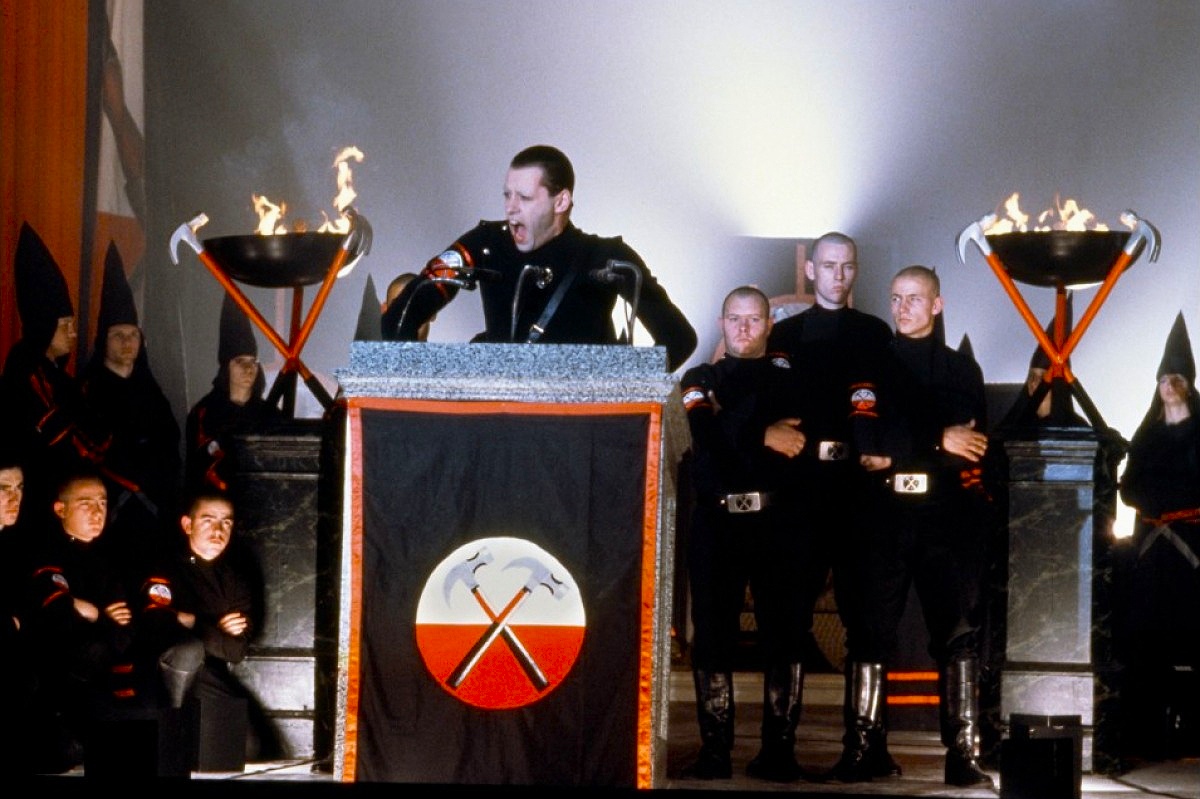
Not many people know this, but the crew hired for the film. 380 real skinheads! They specifically recruited members "Tilbury Skins"a notoriously rowdy gang based in a harbour town. Tilbury on Thames. One of the participants told the BBC in 1980 year:
"We did what we wanted to do and didn't worry about anyone else!"
Managing hundreds of skinheads on set was challenging, to say the least... Dressed in special livery, they entered pubs to wreak havoc and disturb the locals... More later Alan Parker described his arduous mission:
"I had to keep them from getting bored, but at the same time keep them from hitting everyone over the head..."
Parker thought it would be difficult to capture the feel of the stage show
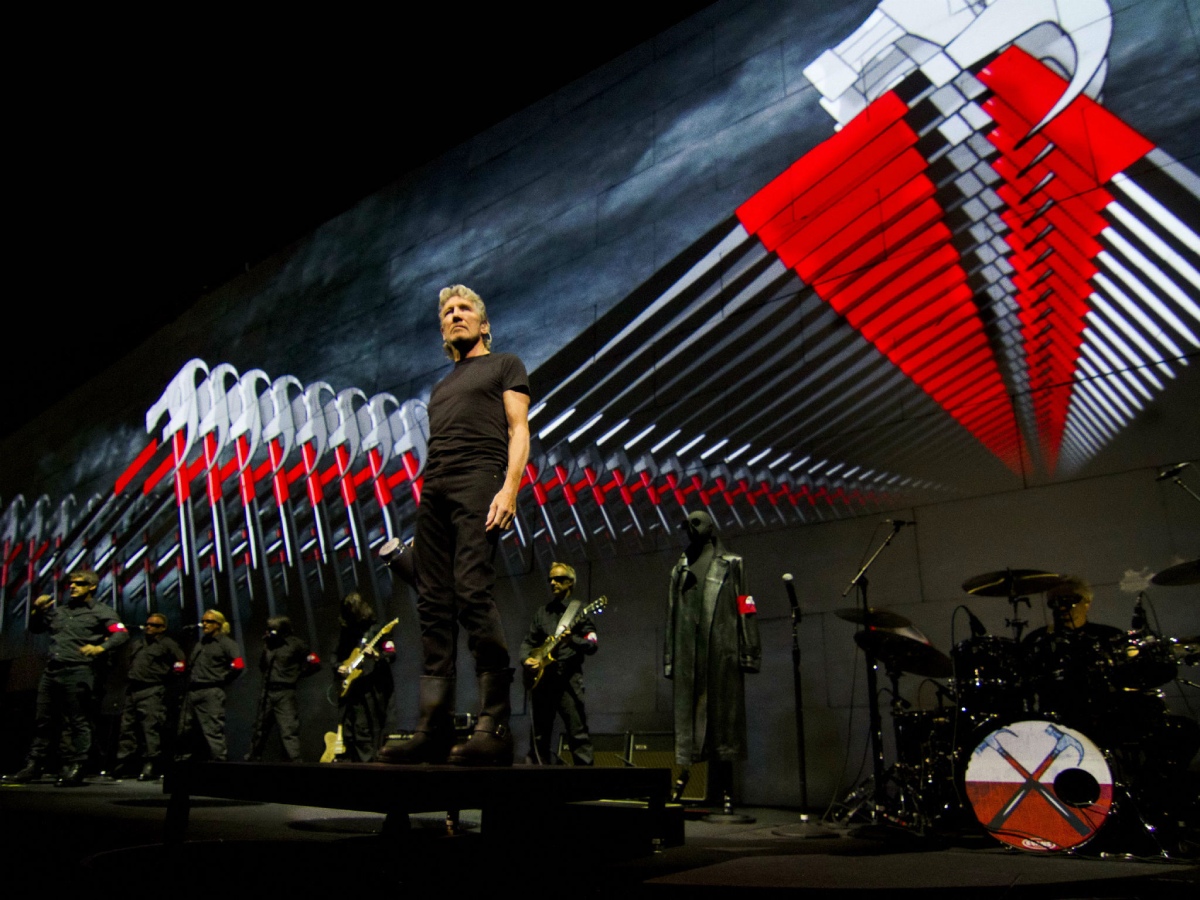
Before filming. "Walls" by Alan Parker and Michael Seresin travelled to Germany to see Floyd perform live... The production used animation Gerald Scarfe and a huge, literal wall built on stage! Calling it "rock theatre of gigantic proportions," Parker felt that matching - let alone exceeding - a live show on film would be a daunting task.
Parker said the group "created a theatrical sensation that would have been difficult to improve upon within the confines of a conventional film screen." Initially, the production team thought that the best way to simulate the spectacle of a live performance was to film actual concert footage. Trying hard to adequately convey the tone of the tour, they turned the film into a long, surreal music video telling the story of the "descent of the Kick from the level of a rock icon to catatonic alienation and transformation into a megalomaniacal dictator..."
Gerald Scarfe had whiskey in the car to calm his nerves
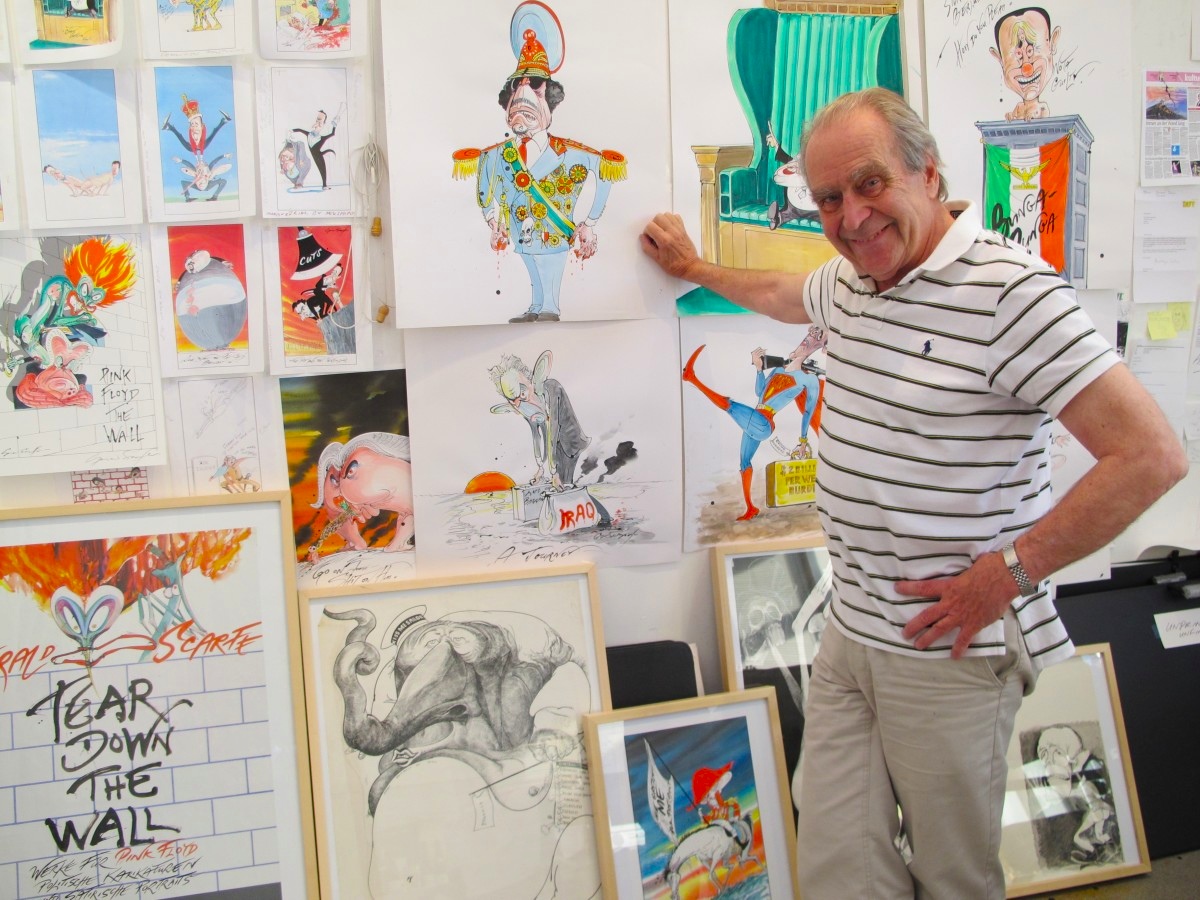
Animator Gerald Scarfe Provided the album artwork and created gorgeous animations that were played during the live shows Pink Floyd... He was also asked to lend his artistic talents to the film, resulting in a Parker, Waters and Scarfe. creatively clashed, and things got so heated that Scarfe kept whiskey in his car to calm his nerves before filming:
"I'm not a drinker, but I needed a drink before I walked onto the set this morning... I just knew what was going to happen, and I knew I had to mentally, so to speak, refresh myself in some way..."



